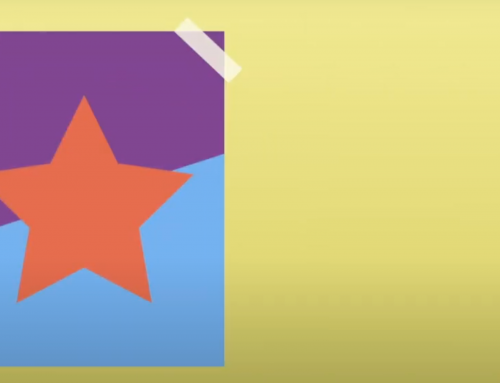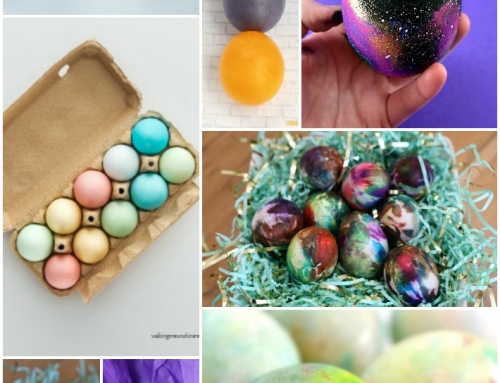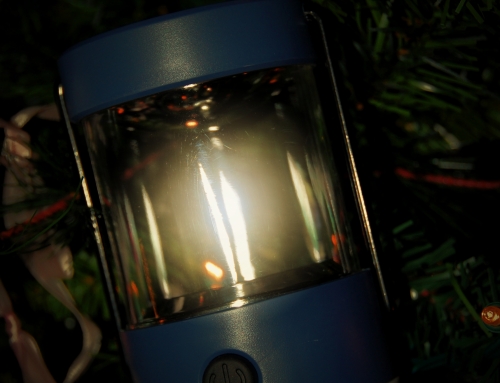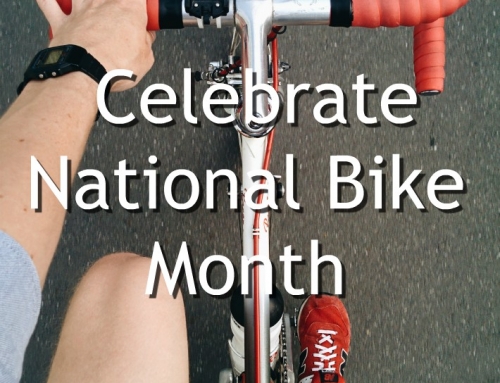**I have yet to experience head lice in my three girls. However, with Katie starting Kindergarten this year, I am weary of the Head Lice out breaks and am somewhat uneducated on how to deal with one. I know I can not be the only one so I happily present this informative Guest Post from Lisa Leverich to you. Please stop by and enter my Giveaway which includes Licefree Everyday Shampoo.**
**********************************************
Now the kids are headed back to school in a few weeks, let’s talk about lice, shall we? Head lice, or Pediculosis, is extremely common and affects millions of children (and their parents) each year. If you are dealing with a head lice outbreak in your school or home do not panic. There is no need to dump chemicals on your child’s head or shave off their hair. Having head lice is nothing to be ashamed of and does not mean your child is “dirty”. In fact, head lice prefer clean hair!
The first clear sign of head lice is an itchy head. It is important to try not to scratch the itch because it could lead to sores on the scalp or around the neck and ears. If you do a head check, you may also spot eggs and, in some cases, live lice in the hair. Other symptoms of head lice are frequent head scratching, loss of sleep, shortened attention span and depression.
How to Treat Head Lice:
1) Choose a safe and proven pediculicide. This is an agent used to kill head lice, body lice or pubic lice. Treatments that are pyrethrum or permethrin based may trigger reactions in those who are allergic to ragweed. Be sure to check the ingredients or talk to a doctor or pharmacist before choosing a treatment.
2) Start at the Nape of the Neck. Lice congregate at the nape of the neck and behind the ears. Be sure these areas are thoroughly saturated with the pediculicide first and work the product up from there. With any pediculicide, all lice and eggs must come in full contact with the product. Lice can move quickly to avoid contact with the lotion or gel. Take it slow and remember to read and follow all directions carefully and completely.
3) Remove all of the Eggs or Nits. Begin the comb-out process at the nape of the neck. You will want to use an egg removal comb to help ease egg removal. Thoroughly combing out the hair until all lice and eggs are gone will help prevent re-infestation.
4) Clean up to prevent another infestation.
– Wash all bedding and clothing that your child has used in hot water (at least 130°F) or run them through your dryer’s hottest setting for at least 30 minutes. Dry clean items that cannot be washed.
– Soak all hair care items (such as combs, brushes, hair clips, etc.) in hot water (130°F) for 15 minutes.
– Place items that cannot be cleaned or run through the dryer (i.e. stuffed animals and toys) in a tightly sealed plastic bag for 10–14 days.
– Follow up with the vacuum to get rid of any lice dust or egg shells that were left behind.
5) Follow through with a second treatment in seven days to kill any newly hatched lice. Even if all lice and eggs appear to be gone, follow through with the second treatment.
6) Conduct Frequent Head Checks. After an infested family member has been treated, for the next 10 days, check them daily for eggs. If there is evidence of new eggs or newly hatched lice, repeat the treatment. Head checking should then become part of routine hygiene. A family head lice check once a week is a great idea. You’ll need an egg removal comb, a magnifying glass and lots of light. Work through a small section at a time, comb through each person’s hair, from the root down. If any live lice or eggs are found, begin treatment immediately.
7) Teach your child to avoid sharing personal items. Lice are only transmitted from head to head contact and re-infestation from environmental contact (i.e. infested hats, pillows, stuffed animals, etc.) can occur.
8 ) When in doubt ask my pharmacist or school health official for advice. They’re familiar with the treatments and products currently on the shelves and will give you reliable recommendations. Keep in touch with your child’s school so that you’ll know if a lice outbreak occurs!
For more information on treating and preventing Head lice ‘Like’ Keeping Kids Lice Free on Facebook and visit the FAQ page on Licefreee.com.
About the Author:
Lisa Leverich is the Marketing Manager at Tec Laboratories, Inc., an innovator of over-the-counter topical pharmaceuticals. Tec Labs has been protecting consumers and industrial workers for more than 30 years with products that cleanse, relieve, repel and protect, including the very popular Tecnu® Outdoor Skin Cleanser, Tecnu Extreme® Poison Ivy Scrub, Tecnu Rash Relief® Spray, Calagel® Medicated Anti-itch Gel, Licefreee!® Non-toxic Lice Treatment, and CortiCool® Clear Hydrocortisone Gel. The company also makes the 10-Hour™ Insect Repellent for the industrial/outdoor markets. For more tips and information, visit them at www.teclabsinc.com.







Leave A Comment